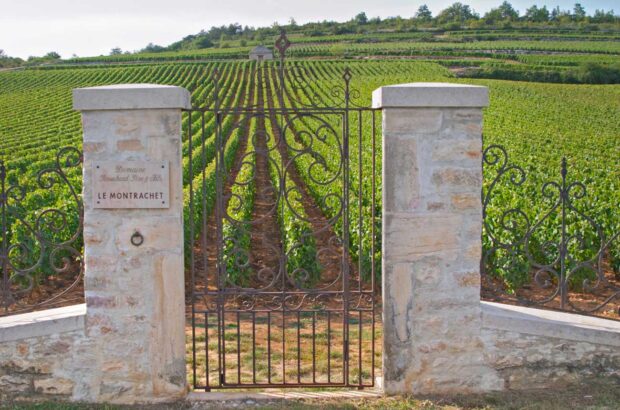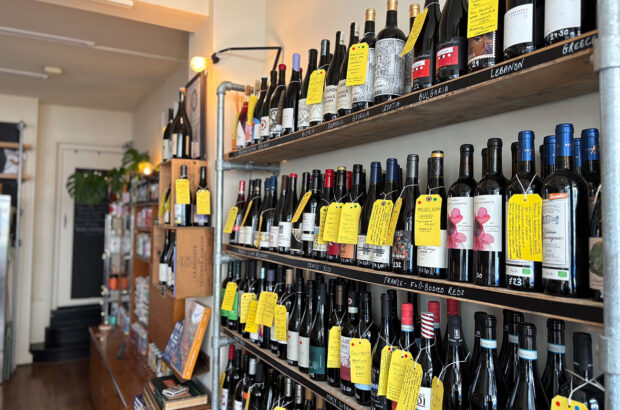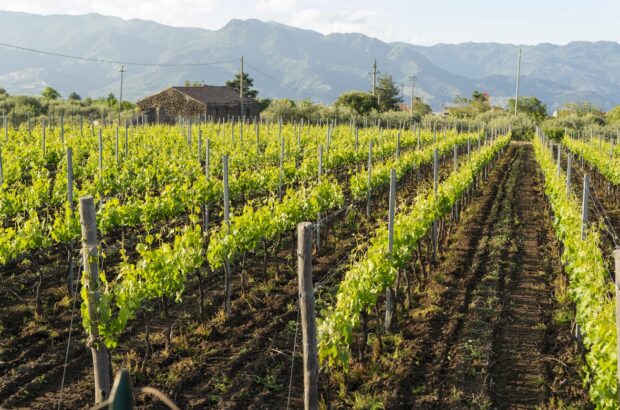April 14th was the date chosen in Uruguay to celebrate Tannat, the country’s flagship grape variety. It was on that day, in 1984, that viticulturalist Pascual Harriague passed away; the annual celebration pays tribute to the Basque immigrant (b. 1819) that played a decisive role in the introduction and propagation of Tannat in the South American country that became its second – but arguably better – home .
Although best known as the raw material for Gascony’s flagship red wines, under the Madiran AOC (where regulations require that it comprises 60-80% of the vineyard area), Tannat is indeed thought to have its origins in the Basque Country rather than South West France.
During the flux of Spanish immigrants to South America in the 19th century, Basque settlers brought cuttings of the variety which thrived in Uruguay, delivering lighter, less muscular expression than its southern French counterparts.
Elegance revealed
As the name suggests, Tannat used to be defined by its tannin and pigment charge, with which winemakers historically struggled. The variety therefore earned a reputation for producing inky, powerful, rustic reds, with intense savouriness and spiciness (liquorice, cardamom, nutmeg, moca) over luscious black fruit. In South West France it is still often blended with Cabernet Franc and/or Cabernet Sauvignon, and benefits from at least five years in the cellar to tame its power.
Uruguay’s Atlantic-kissed iterations, on the other hand, revealed a finer, more detailed side of Tannat, with softer tannins and finer acid underpinning the black and ripe red fruit.
Not bound to tradition (or legislation) and more willing to experiment, Uruguayan producers took greater creative license with blends – Merlot, Pinot Noir and Syrah are regular companions – and winemaking techniques, expanding Tannat’s stylistic vocabulary. This in turn catalysed a reappreciation of Tannat’s potential in France, in the last decade of the 20th century.

Bruno Bresesti, of Bodegas Bresesti, during Tannat harvest
Versatility discovered
In the dawn of the 21st century, winemakers on both sides of the Atlantic leveraged greater winemaking knowledge to rediscover and reinterpret Tannat with a lighter hand in the cellar.
Shorter macerations, less time in oak and different fermentation vessels helped to craft more refined Tannats across an exciting variety of styles – from vibrant pét-nats to truly fine reds.
Remaining true to its essence and identity, Madiran (along with neighbouring Saint-Mont) remains a source of intense, concentrated Tannat-based blends of pleasant rusticity and savoury intensity. But producers are also exploring more approachable glu-glu wines, not least by using carbonic maceration to produce soft, fruit-led styles.
Tannat remains Uruguay’s most-planted grape variety and it’s no doubt synonymous with the country’s winemaking history.
The exciting quality evolution the country has experienced in the last couple of decades has seen a steady and diverse output of Tannats, with nods both to new trends (with lower intervention wines of great energy and verve) and the traditional lineage of many of Uruguayan wineries (of which the Ripasso style below is a perfect example).
If you like red wine, there will be a Tannat for you. It’s a worthy journey of discovery. The terroir expressiveness and versatility of the variety make it a great way to learn about the different countries and regions where it grows. And a great way to assess the ability of producers – especially when the same winemaker has a go at different approaches and styles.
The wines below are a good starting point.







